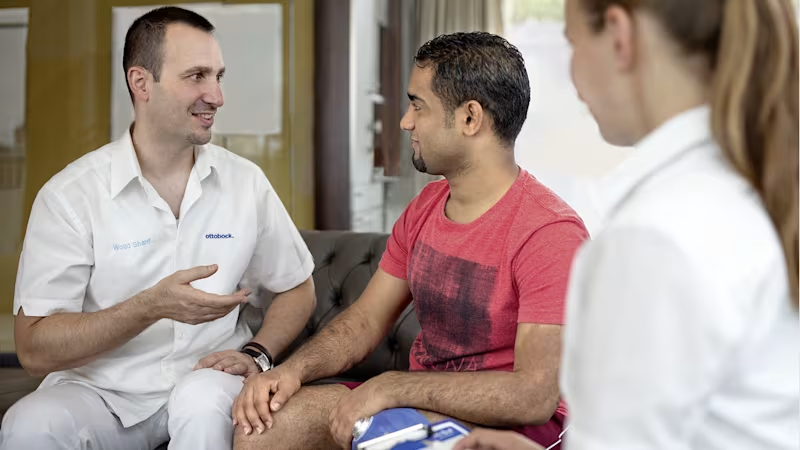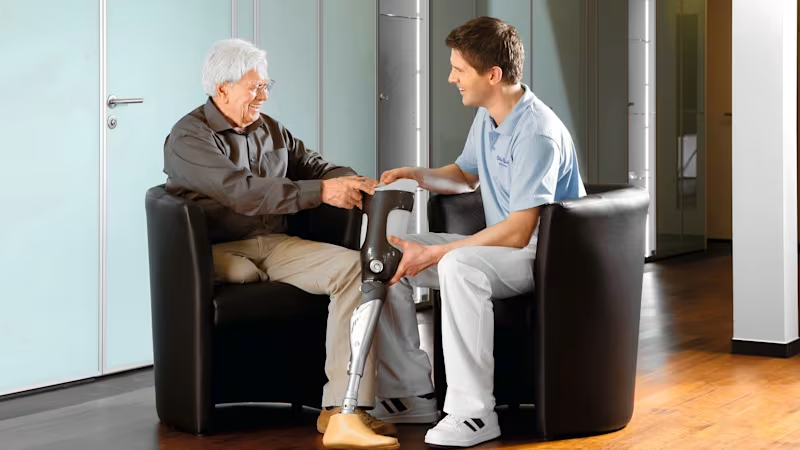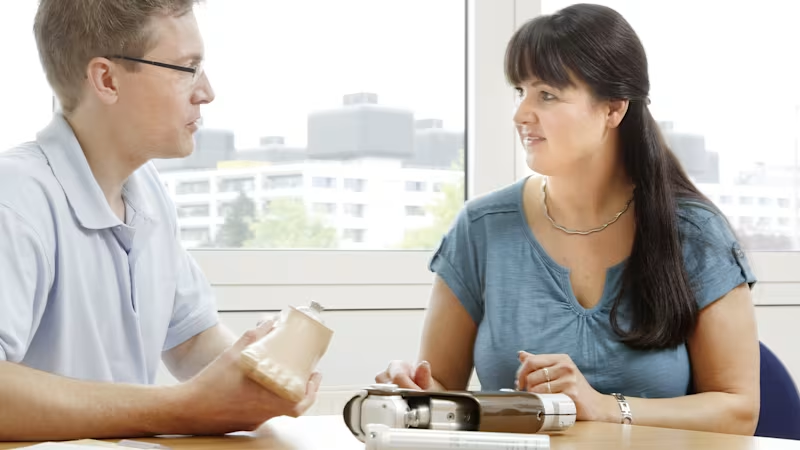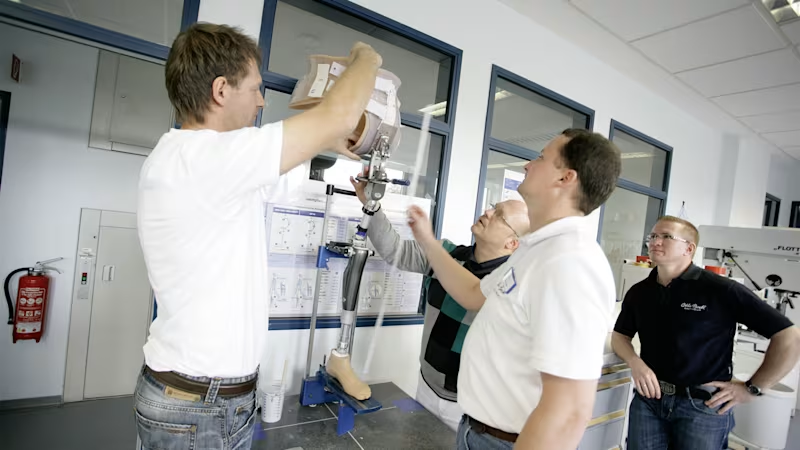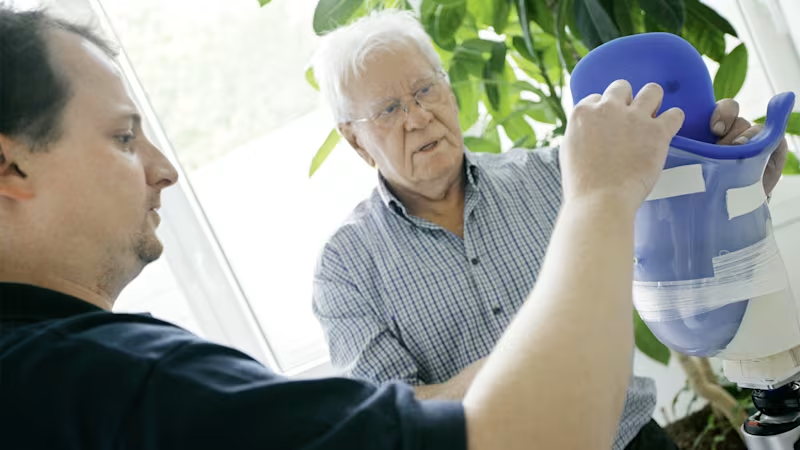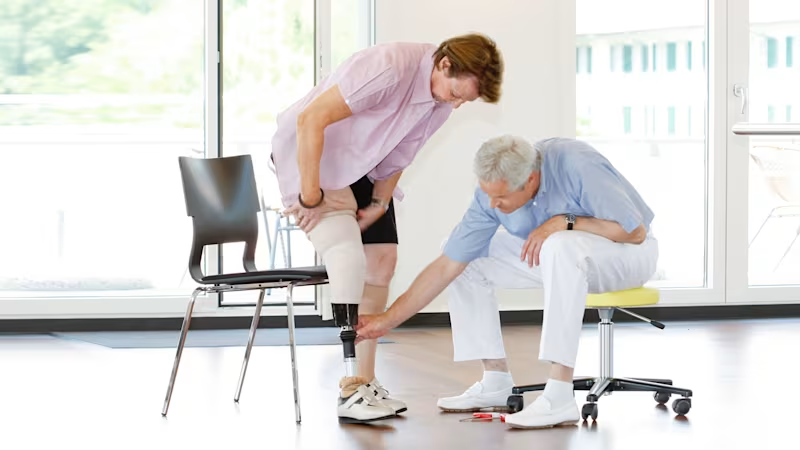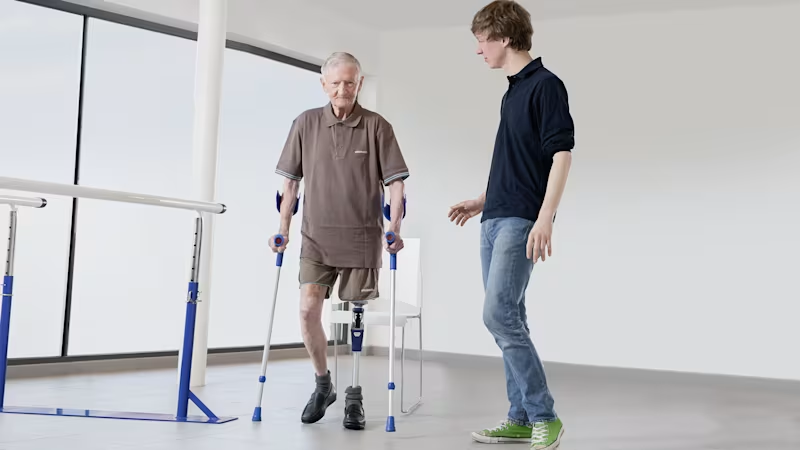


After the leg amputation
Read about residual limb healing, phantom pain, initial exercises after the amputation and the fitting with an interim and definitive prosthesis.
Read about residual limb healing, phantom pain, initial exercises after the amputation and the fitting with an interim and definitive prosthesis.
What lies ahead for you after the amputation?
After an amputation, you are undoubtedly wondering: What happens next? Directly after the operation, your recovery and the healing of the residual limb are initially the main concerns. Both are important so that you can begin with rehabilitation soon and a prosthesis can be fitted.
To start rehabilitation:
You should have little to no pain in the residual limb
Your residual limb should be capable of bearing weight
Swelling and water retention should have gone down and stabilised
You should be able to move your residual limb as much as possible in all directions
Your personal situation will determine how long it takes you to reach this point. However, you can promote healing by actively working towards it. While this often demands patience and a lot of endurance, it pays off: The more mobile you are when you start rehabilitation, the sooner you can be fitted with a prosthesis.
You should also use the time after the amputation in the hospital to choose a suitable clinic for your rehabilitation phase in cooperation with your O&P professional. Our list of experts helps you find facilities that specialise in working with amputees.
Prepare your residual limb for wearing a prosthesis
The healing of your residual limb after the leg amputation forms the basis for the subsequent prosthetic fitting and is therefore especially important. In the hospital, the doctors treating you will continuously monitor and check the healing process, while the inpatient nursing staff looks after the daily treatment of your residual limb. In addition to wound treatment, this includes oedema and compression therapy, desensitising the skin and scar care, among other approaches.
Residual limb healing
Residual limb pain
Various types of pain may occur in your residual limb after an amputation. These may include bone pain, wound pain, nerve pain or phantom pain. Each type of pain is treated according to its cause. Various treatment options are available, such as medication, warming/cooling or wrapping the residual limb. You can talk to your specialist and/or pain therapist about this.

Wound healing
When you wake up from the anaesthetic, your leg will usually already have a dressing consisting of simple bandages or a cast with a small tube coming out of it. This tube was inserted into the wound during the operation in order to drain fluid and blood from the wound. Known as drainage, it is removed in the course of healing. The initial wound healing phase is usually completed within the first fourteen days, when the wound has closed. After this, the connective tissue cells grow stronger and are converted into specific connective tissue. But even if the scar appears to have healed well from the outside and only the colour of the scar tissue changes slightly from this point on, the overall scar healing process takes much longer. It can take up to one and a half years before it is fully healed beneath the skin. The duration of the wound healing process depends on your individual constitution.

Oedema therapy
After the operation, the tissue around the residual limb will usually swell up at first. This swelling (oedema) is a normal reaction to the operation. It usually subsides after about one week. Only a loose wound dressing is applied until the sutures are removed. No pressure can be applied to the residual limb at first.
The circumference of the residual limb should be measured regularly to evaluate how the swelling is going down. The same measuring points always have to be used for this, and the results must be documented on measurement forms. If this isn’t done, the results are not comparable with each other and there is no way to tell whether the swelling is decreasing.

Causes of phantom pain, types and therapy options
Many people are affected by phantom pain, which means pain in the limb that was amputated. Experts believe that up to 70 per cent of all amputees experience this, temporarily in most cases. The psychological strain is sometimes very high for affected individuals. There are various theories regarding the causes of phantom pain. Nevertheless, various and also promising therapy options are now available. Unfortunately, there is no treatment that helps everyone equally. We want to inform you about possible causes and the various therapy options here. In any case, talk to your O&P professional, therapist or doctor. They will work with you to find solutions that give you relief.
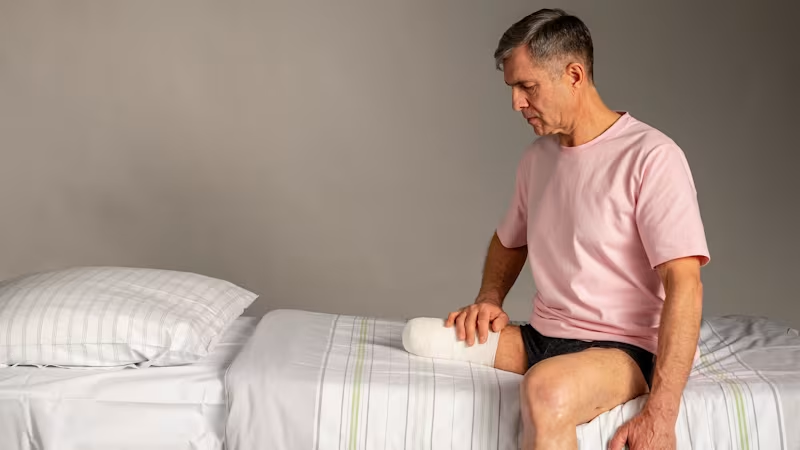
Stay mobile
Even while your residual limb is healing, you can prepare for the stay in a rehabilitation centre by doing specific exercises. Talk to your doctor or physiotherapist and ask them to show you some important things: the proper position in bed so that the muscles and the joint closest to the residual limb do not shorten or stiffen, regular breathing exercises and light movement and mobilisation exercises, which also help stabilise the circulatory system. These measures help ensure that your treatment with a prosthesis is fast and straightforward so you can stay mobile and active.
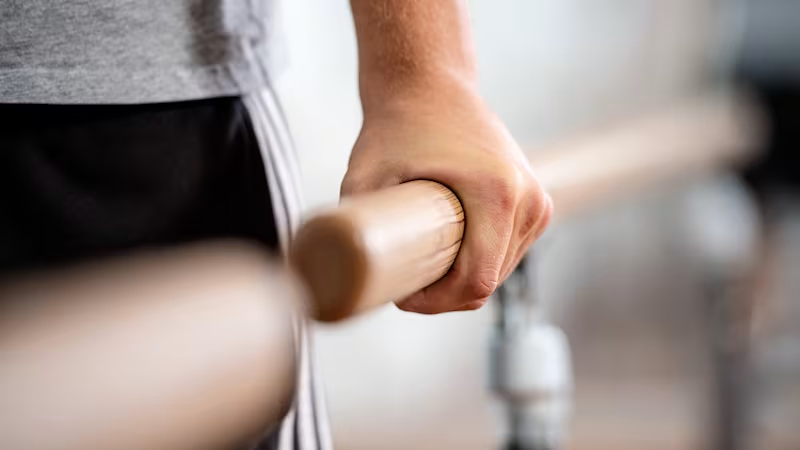
How do I find the right rehabilitation facility?
After being released from hospital, your care will usually continue in a rehabilitation centre. The goal here is to prepare you for everyday life with a leg prosthesis. In order to use this time to best advantage, you should definitely choose a rehabilitation centre with experience in the rehabilitation of amputees.
The more experience a rehabilitation facility has, the better it will be able to meet your needs. As a general guideline, a centre should have at least 50 patients per year. Ask the rehabilitation centre you are considering about the number of patients they treat.
Talk to your O&P professional – they can also help you make the right choice.
Your doctor will tell when it would be useful to visit a rehabilitation centre and whether inpatient or outpatient rehabilitation is appropriate in your case. All of this depends on numerous factors, such as your healing progress and how adequately you can prepare yourself at home.
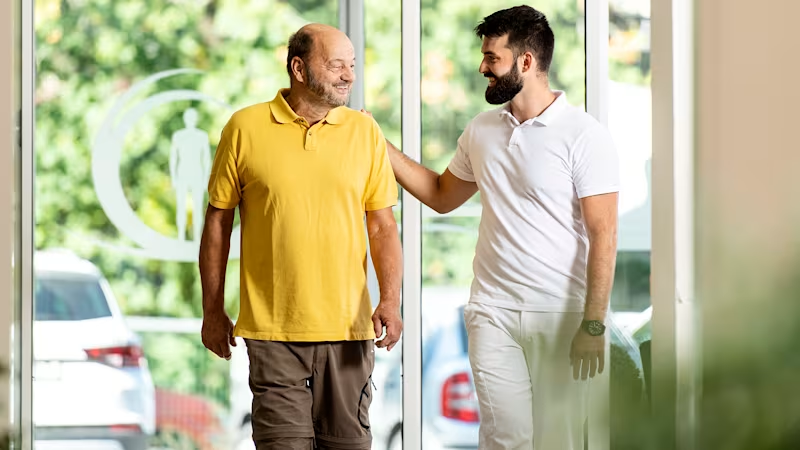
The process of getting a prosthesis
After your amputation, you will have many urgent questions: When will I get a prosthesis, how do I get a prosthesis and which prosthesis will I get? We want to provide you with all the details about the next steps here.
Generally speaking, your prosthesis fulfils numerous functions: On the one hand, it restores your mobility to a large extent. By wearing a prosthesis, you also reduce or avoid posture problems and balance disorders that could result because of the missing weight of the amputated leg. It also prevents your sound leg from being overloaded, which could result in problems over the long term. Talk to your O&P professional right after the amputation. They can explain the process leading up to your fitting with a prosthesis. Please note that many factors determine when you get a prosthesis and whether you are first fitted with an interim (temporary) prosthesis. Your O&P professional can give you detailed advice.
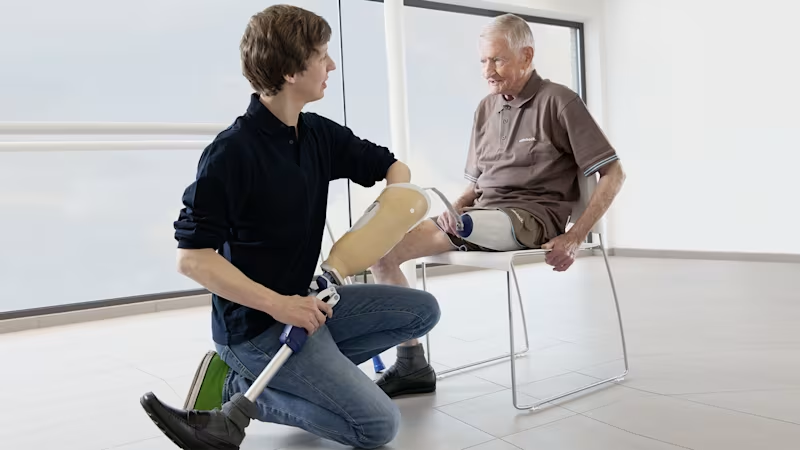
Further information

Rehabilitation and leg prosthesis
Discover detailed information on caring for the residual limb, handling prostheses and gait training for a life with a leg prosthesis.
Discover detailed information on caring for the residual limb, handling prostheses and gait training for a life with a leg prosthesis.

Prosthetic legs
Learn how prosthetic legs help people regain their mobility, rebuild their confidence, and explore their world again.
Learn how prosthetic legs help people regain their mobility, rebuild their confidence, and explore their world again.
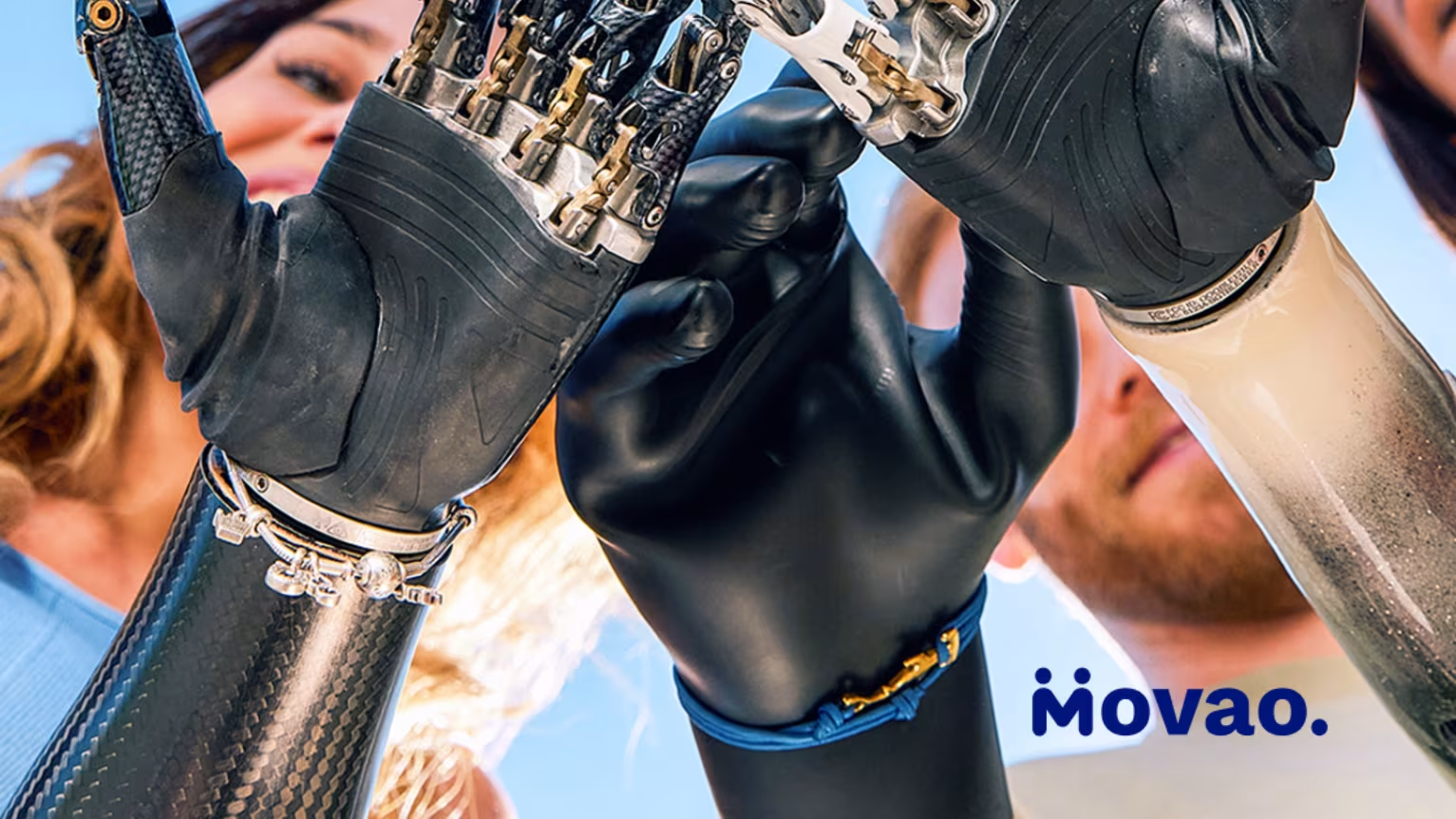
MOVAO — Move as One
MOVAO is here for everyone with an amputation, including their friends and family, join the community and connect with like-minded people all over the world.
MOVAO is here for everyone with an amputation, including their friends and family, join the community and connect with like-minded people all over the world.
